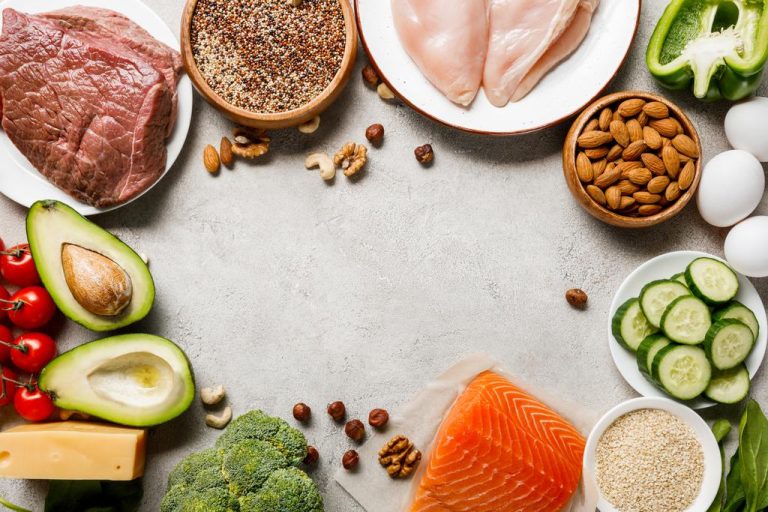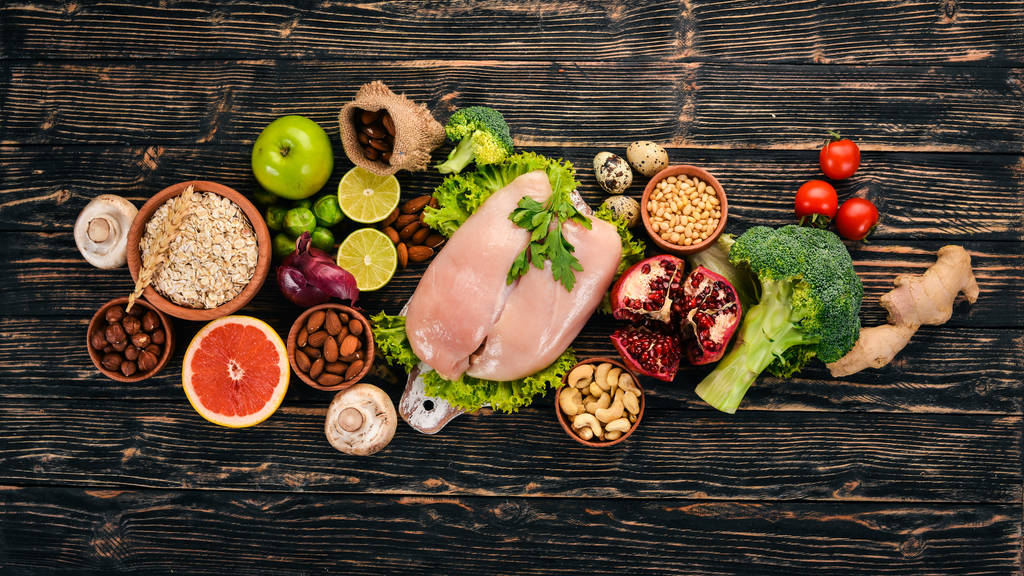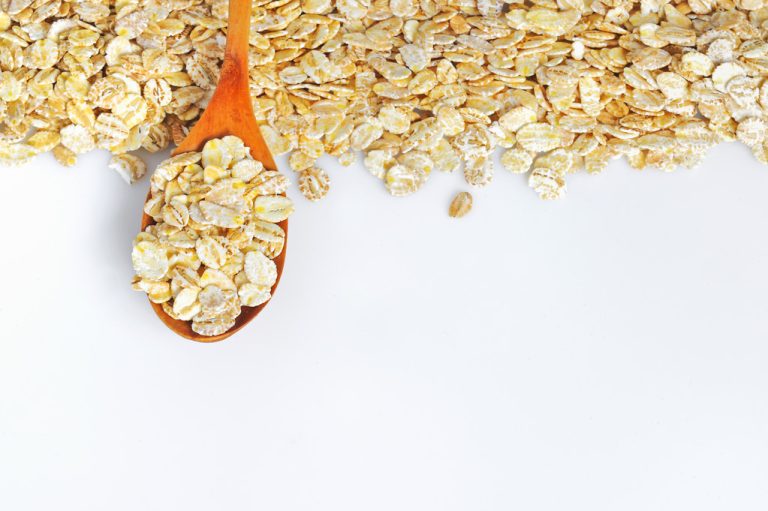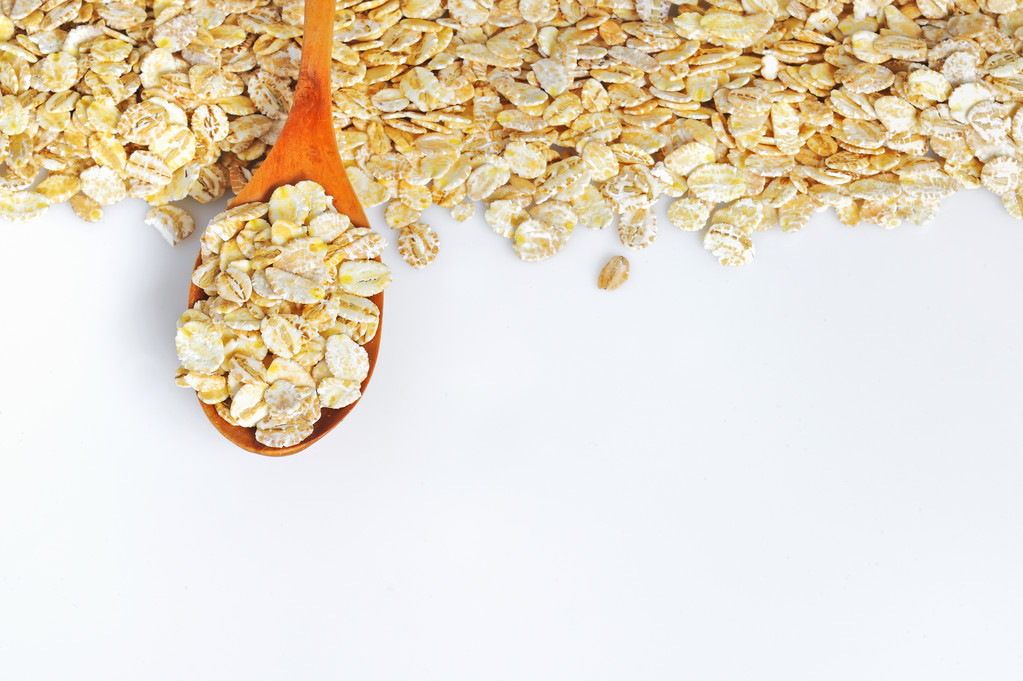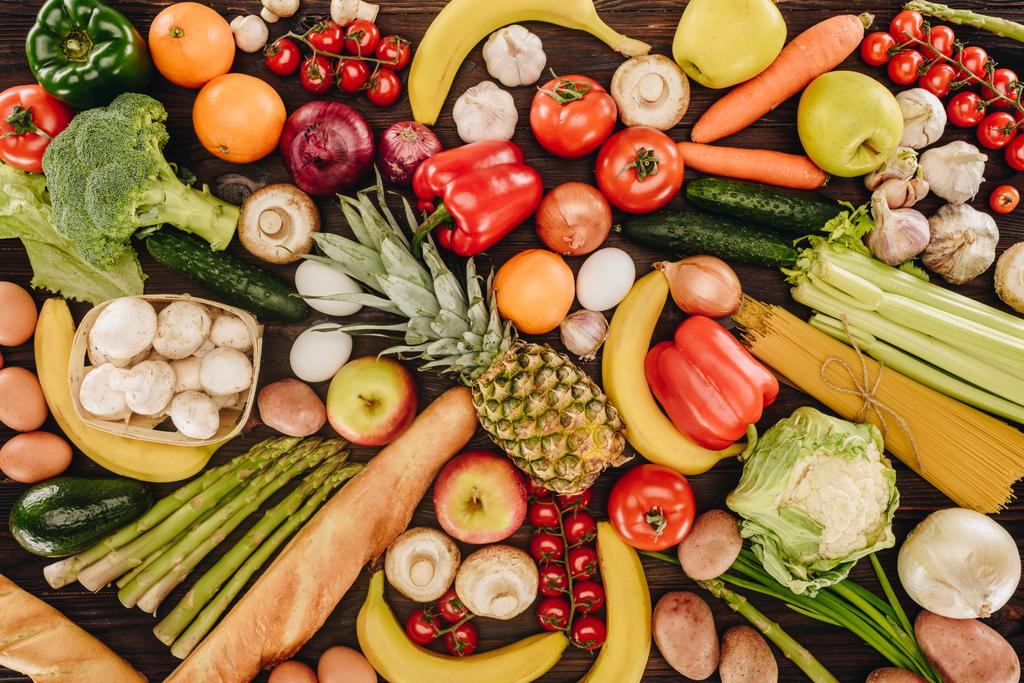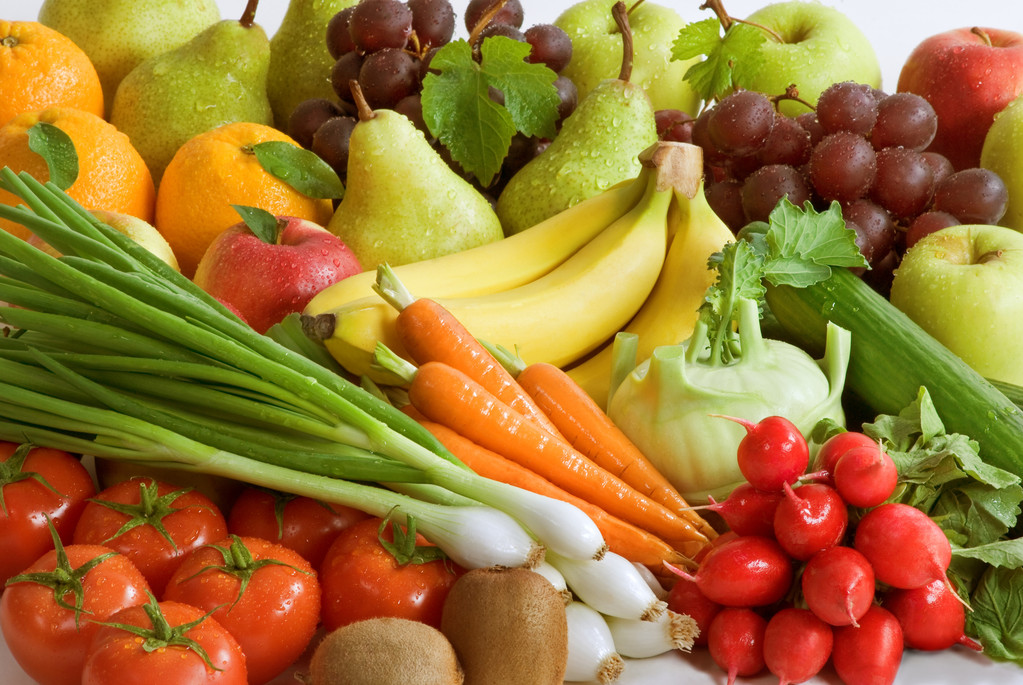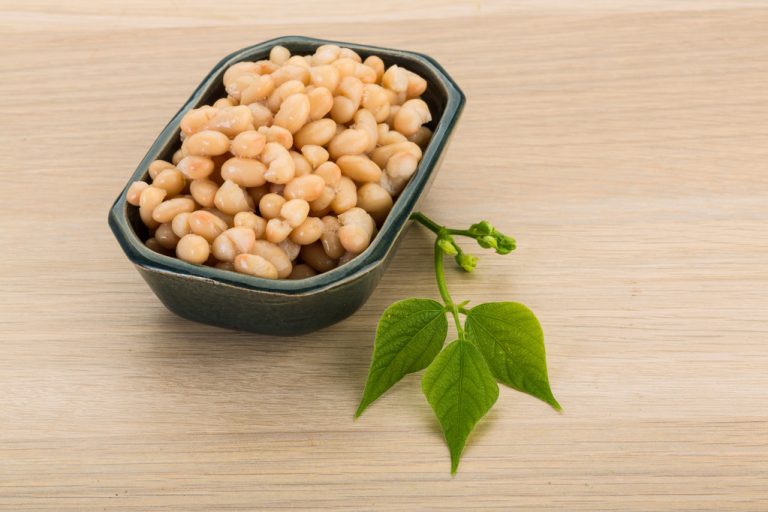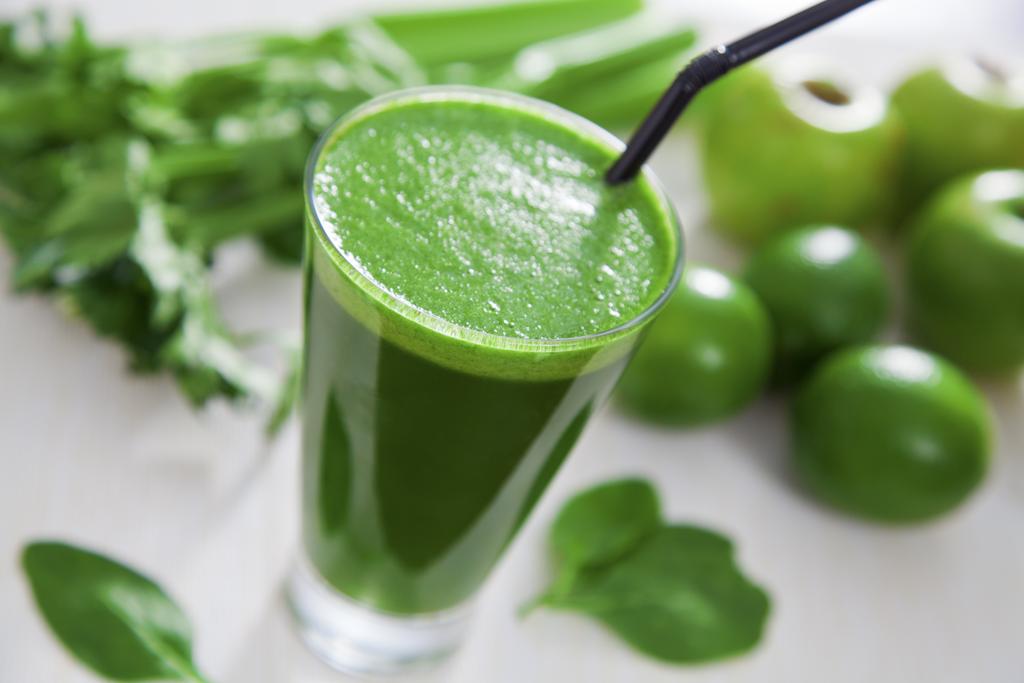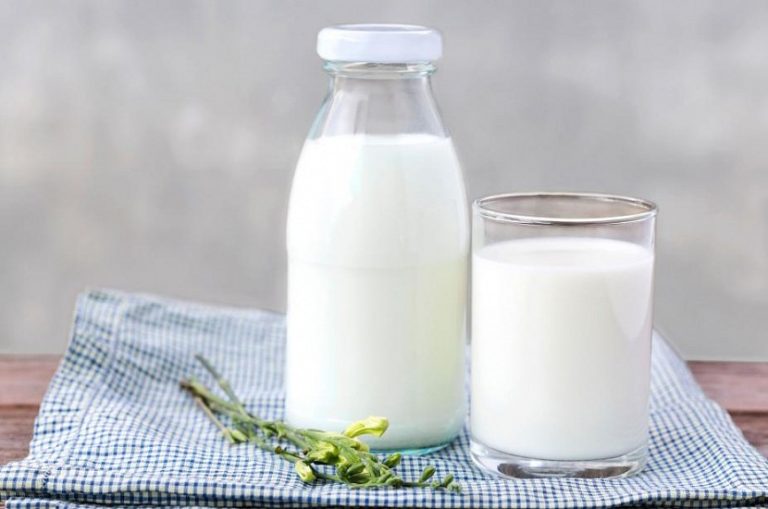You can see happily grazing cows on every second milk carton, but in reality they are rarely found like this. Do hay milk and pasture milk keep what they promise – or is there just a marketing trick behind such milk terms that you shouldn’t fall for?
Satisfied cows can move freely in the pasture, they eat green, juicy grass, hay and herbs – at least this is the image most dairy products convey. Because consumers want it that way: According to a study by the University of Göttingen, more than half of all consumers when buying milk pay particular attention to pasture grazing and GMO-free feeding of the cows.
So it’s no wonder that hay milk and pasture milk are becoming more and more popular and often end up in the shopping trolley. But what is actually behind the terms?
Hay milk versus pasture milk
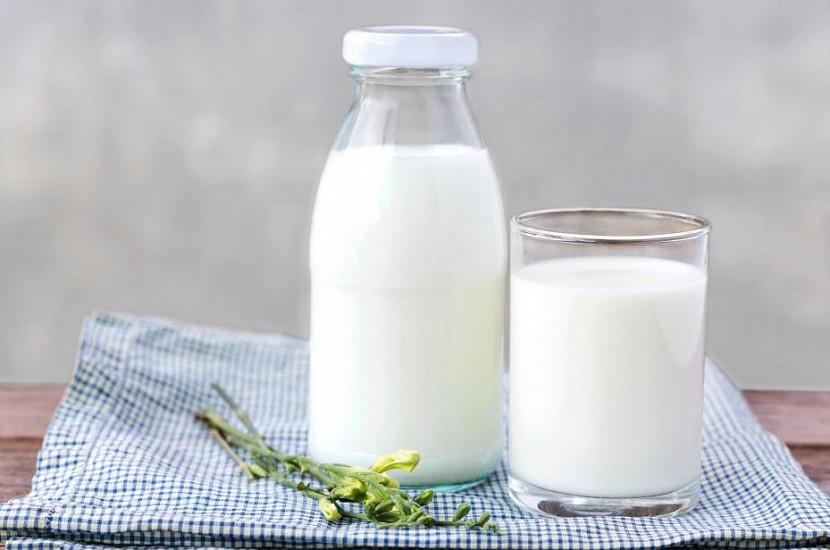
Both terms pursue the basic goal of enabling dairy cows to live a more species-appropriate life.
The term hay milk refers to the diet of the dairy cows – they should get as much green fodder as possible and must not be fed with silage (fodder that is preserved by fermentation). The designation has been protected throughout the EU since March 2018. With “Demeter HeuMilch Bauern” there is also a first independent label. Currently (01/2021) there are around 200 certified producers that produce hay milk.
The term pasture milk, on the other hand, refers to the attitude. The cows should spend as much time as possible on the pasture. The term is not legally protected, but with “Pro Weideland” there is a label that is backed by well-known associations and that wants to strengthen grazing. Here the dairy cows stand in the pasture for at least 120 days for six hours.
Pasture milk and hay milk: just marketing tricks?
Hay milk and pasture milk should not only be good for the well-being of the animals, but also for our health.
Hay milk contains a significantly higher amount of polyunsaturated fatty acids (omega-3 and omega-6 fatty acids) than milk from cows fed conventionally, i.e. with silage and concentrated feed.
So far so good. However, a current milk test by Öko-Test (02/2021) showed that it is then primarily “organic”, which ensures better milk quality with hay and pasture milk.
What does hay milk actually mean?
For a long time it was not precisely defined what the term hay milk meant – at least in Germany. The situation has since improved: Since March 2016, “Heumilch g.t.S.” has stood for a “guaranteed traditional speciality” in accordance with EU Regulation No. 1151/2012: When feeding with fresh grass, legumes, herbs (in summer) and hay ( in winter) other feed (cereals, corn…) may only be added in smaller proportions.
It is forbidden to feed the following with hay milk:
silage and wet hay
By-products from breweries, cider plants and distilleries
Feed of animal origin (exception: milk and whey for young cattle)
feed labeled as genetically modified
But all this is not “organic” yet. And the certification of pasture milk does not necessarily have anything to do with animal welfare either. But what is fact:
Hay milk is better for the climate
According to the consumer magazine Öko-Test, hay milk is better for the climate. The concentrated feed that high-yielding cows normally eat often consists of soybean meal. “Rainforest has to make way for soya from overseas, and transport also has a negative impact on the climate.” So the calculation is quite simple: Cows that eat fresh grass and hay ensure a better climate balance for their milk.
This is now also confirmed by a new study by the Center for Global Change and Sustainability at the University of Natural Resources and Applied Life Sciences Vienna, which examined the hay economy for the 17 Sustainable Development Goals (SDGs) of the United Nations. The central results: Hay farming protects the climate, protects the soil and promotes biodiversity.
Hay farming as a sustainable opportunity
“The preservation of grassland through the management of hay milk farmers is of great importance for climate policy, since these soils store enormous amounts of carbon and represent valuable CO2 sinks,” emphasizes Univ. Prof. Dipl.-Ing. dr Werner Zollitsch, Head of the Center for Global Change and Sustainability at the University of Natural Resources and Life Sciences Vienna. Due to the high humus content, meadows and pastures store around a third more carbon per hectare in the upper layers of the soil than arable land. In deeper soil layers, grassland stores a similar amount of carbon, namely 196 t C/ha, as the average forest soil with 191 t C/ha. Arable land is 149 t C/ha.
Organic hay milk is the best choice
Anyone who chooses organic hay milk scores twice: hay milk itself is (at least a little) better for the climate, organic hay milk is free of pesticides.
Even better: since the end of January 2018, the producer association Demeter Milchbauern Süd has been offering a kind of seal for organic hay milk with the “Demeter HeuMilch Bauern” label. It does not feed any silage and was the first German organization ever to receive a hay milk certificate. The “Demeter HeuMilch Bauern” logo signals to consumers that they are buying milk from dedicated, independent organic farmers who keep their animals “by nature and according to the biodynamic guidelines” (from Demeter) and only feed them hay and grass.
Meadow milk is not the same as mead milk
There is still no EU regulation for pasture milk. The term is neither defined nor protected under food law.
For consumers, this means: In the supermarket you will find pasture milk that has been produced according to very different criteria. The only thing that helps here is a critical look at the packaging:
How to recognize real pasture milk
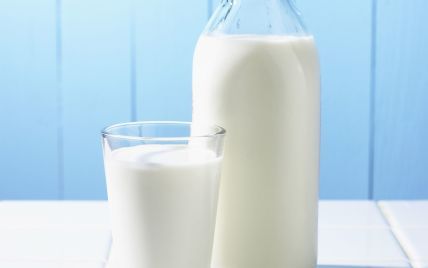
Some manufacturers indicate on the packaging how many days and how long the cows are actually out on the pasture. But here, too, it is unclear how the cows are kept in winter, explains the consumer advice center.
The Nuremberg Higher Regional Court (OLG) ruled in 2017 that the term “pasture milk” is not misleading if the cows are out on the pasture for at least 120 days a year for at least six hours.
The label Pro Weideland – German Weidecharta promises that the “120/6” rule will be observed. The cows have 2000 m² of permanent grassland per cow at their disposal, of which at least 1000 m² are pasture. The sign also ensures freedom of movement for the cows all year round and prohibits genetically engineered feed. BUND and NABU, among others, are involved. The consumer center classifies the criteria of the label as “transparent, understandable and comprehensible”.
A current study by the Federal Environment Agency shows: Organically produced milk from cows that stand on the pasture is more environmentally friendly than milk from conventional farms with pure stable husbandry. For further details:
The basic idea behind pasture milk and hay milk is not bad, even if unfortunately higher animal welfare standards are not automatically associated with it. For both hay milk and pasture milk, we recommend that you also pay attention to at least the EU organic seal. Feeding is regulated differently here because organic animal husbandry is subject to its own laws. The renunciation of genetic engineering in the feed is also mandatory for organic milk, unlike for conventional milk. A seal from the cultivation associations Bioland, Naturland or Demeter is even better.




